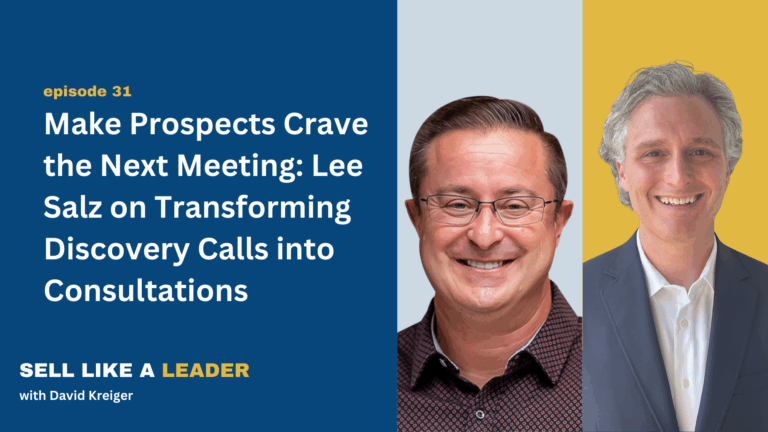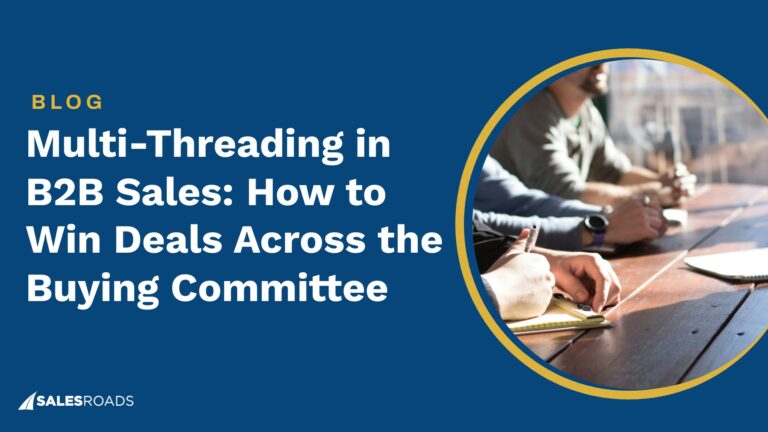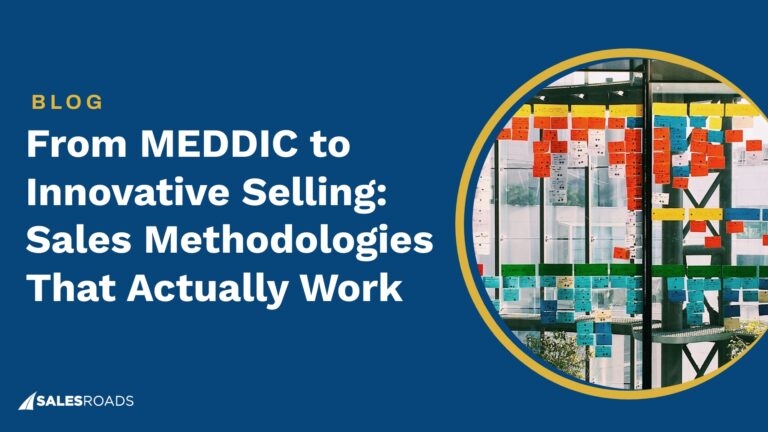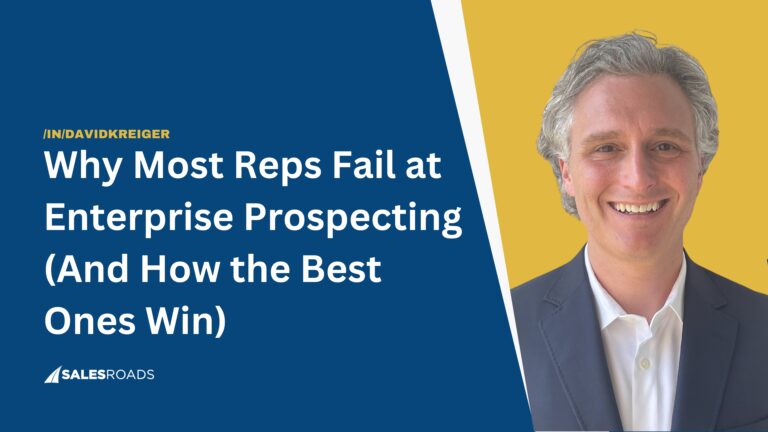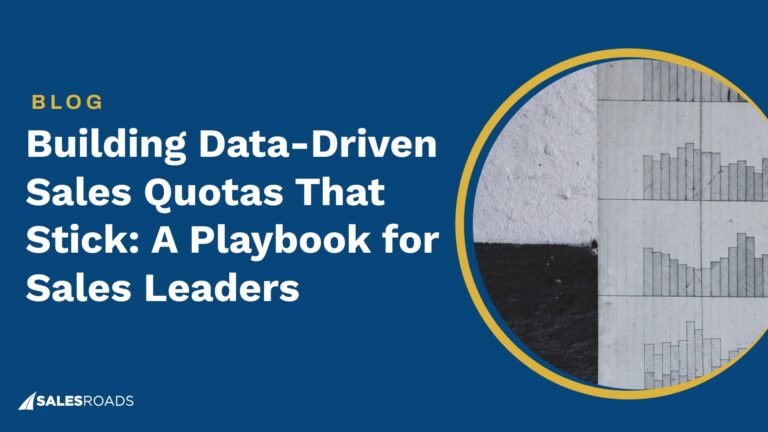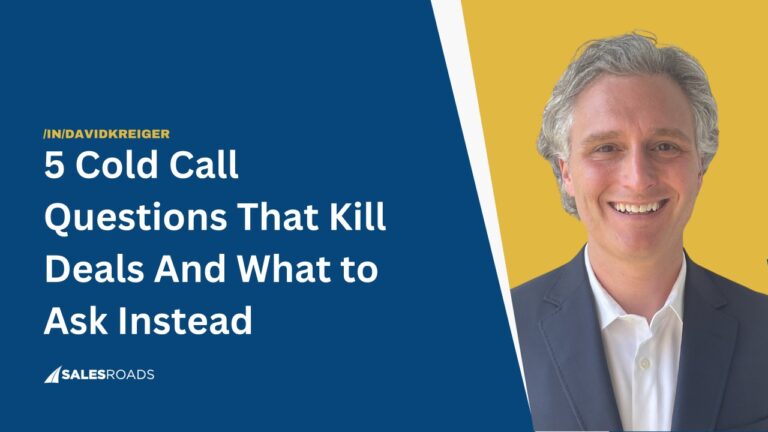SaaS stands for “software as a service,” which refers to a software distribution model where applications are hosted by a third-party provider and made available to customers over the Internet.
The SaaS market industry is valued at 282.20 billion US dollars in 2024, and it’s projected to surge to 374.50 billion by 2028, according to Statista.
As this sector experiences substantial growth, its importance escalates each day.
Challenges of SaaS Lead Generation: A Multi-Faceted Maze
Since SaaS relies on a subscription-based model, generating leads ensures a steady stream of potential customers who can convert into paying subscribers. Leads are essential for SaaS companies to grow their customer base and revenue.
However, there are some key differences in how SaaS sales work that present a unique set of hurdles for reps. Here’s a breakdown of three key factors that contribute to this difficulty:
Longer Sales Cycle
Unlike a quick purchase decision, SaaS solutions often involve lengthy sales cycles. Potential customers need to be convinced of the software’s value proposition, understand its capabilities, and ensure it aligns with their specific needs. This extended journey requires patience and a focus on nurturing leads.
Sales reps become guides, educating potential customers through informative content, addressing concerns, and demonstrating the software’s long-term benefits. The emphasis shifts from a one-time pitch to building trust and establishing the SaaS product as a reliable partner for their success.
Intangibility
Unlike a physical product that can be held and examined, SaaS products are intangible. For potential customers, this lack of tangibility can create a barrier to adoption. Social proof, in the form of testimonials, case studies, and user reviews, plays a crucial role in overcoming this hurdle. When potential customers see evidence of the product’s value from satisfied users, it builds trust and demonstrates the software’s effectiveness in solving real-world problems.
However, social proof doesn’t just magically appear. Gathering positive reviews and testimonials requires a proactive approach from sales reps. They need to actively solicit feedback from satisfied customers and curate positive reviews to showcase the software’s impact.
High competition
Competition is a constant companion, a double-edged sword offering both opportunity and peril for SaaS. While a thriving market signifies a need for your product, it also means carving out your niche can feel like scaling a mountain in rush hour.
One of the biggest hurdles is simply getting noticed. Feature fatigue plagues potential customers bombarded with options, all seemingly offering similar functionalities.
By understanding these competitive pressures and implementing creative strategies, SaaS businesses can carve out their space in the market, build a loyal customer base, and achieve sustainable growth.
B2B SaaS Lead Generation Strategies to Scale Your Business
You need to scale your lead growth for success. Here are some actionable tips that will help scale your lead generation:
Understand Your Target Customers
Defining your target audience is crucial. This strategy involves delving deep into the needs and preferences of potential customers to tailor your approach effectively.
Begin by crafting detailed buyer personas, representing your ideal customers. These personas should be based on thorough market research and insights gleaned from your existing customer base.
- Identify common characteristics among your existing customers, such as business types, industry sectors, company sizes, and market positions.
- Gain insights into why customers chose your product, the problems it solves for them, and what they value most about it.
- Dive into the specific challenges your target audience faces in their businesses that your SaaS product can address. Gather insights from customer feedback, online forums, and industry conferences.
- Recognize the complexity of decision-making in B2B sales. Understand the roles, influence, and involvement of various stakeholders.
- Develop comprehensive personas, including demographic information, business roles, goals, challenges, pain points, and preferred communication channels. Ensure these personas evolve as your market and product do.
- Experiment with different sales approaches, messages, channels, and strategies tailored to each persona. Continuously refine your approach based on what resonates best with your target audience.
By understanding your target audience deeply, you can align your SaaS lead generation efforts effectively with the needs and preferences of potential customers, maximizing your success in acquiring new clients.
Leveraging Direct Outreach Strategies
Direct outreach stands as a pivotal tactic in SaaS lead generation, enabling personalized communication to initiate and nurture relationships with potential clients. This proactive approach empowers reps to address the unique needs and pain points of prospects, fostering immediate and meaningful connections.
Here are several direct outreach tactics tailored for SaaS lead generation:
Cold calling
Cold calling involves reaching out to potential customers via phone to introduce your company’s offerings. While its effectiveness is debated, statistics reveal its potential when executed with precision.
With a well-crafted script and skilled sales reps, B2B cold calling success rates can surge, sometimes reaching up to 10.01%, as highlighted in a study by Cognism.
Success in cold calling relies on swiftly establishing rapport, articulating the value proposition clearly, and adeptly handling objections. Despite its traditional nature, cold calling remains indispensable in B2B SaaS, where personal connections are paramount for building trust and rapport with decision-makers.
Cold emailing
Cold emailing entails sending unsolicited emails to potential customers who haven’t engaged with your brand previously. Its effectiveness lies in its direct yet non-intrusive nature, providing recipients with the flexibility to respond at their convenience.
Effective cold emailing hinges on personalization and relevance. Craft compelling subject lines and concise content focused on potential needs, and establish credibility by referencing mutual connections or industry-specific challenges.
By leveraging these direct outreach strategies tailored for SaaS lead generation, you can initiate meaningful conversations, showcase the value of your SaaS solution, and drive conversions effectively.
Harnessing Social Selling
Social selling emerges as a dynamic approach in SaaS lead generation, utilizing social media platforms to identify and engage potential customers. This strategy involves leveraging these platforms for research, connection, and nurturing relationships, particularly with decision-makers across various industries.
LinkedIn: A powerhouse for social selling
With 65 million decision-makers and at least 10 million corporate executives maintaining accounts on the platform, LinkedIn is a hub for potential customers to search for solutions and engage with relevant content.
SaaS sales professionals can utilize LinkedIn to conduct research on potential clients, gain insights into their professional backgrounds, and uncover common connections or interests.
Utilizing Customer Referrals
Customer referrals are a powerful tool in lead generation for SaaS companies, leveraging the trust and credibility established with existing customers. Endorsements from satisfied clients hold significant sway over the decision-making process of potential leads.
Referrals inherently come with a level of trust and willingness to engage, resulting in higher conversion rates compared to other lead generation methods. According to Referreach, the average conversion rate for referrals is 11%, underscoring their effectiveness in driving conversions.
When a customer refers your business, they essentially endorse the quality of your product or service. This personal recommendation carries considerable weight, serving as a testament to their positive experience with your brand. Such endorsements can influence prospects to choose your company over competitors, making referrals a compelling driver of SaaS lead generation.
Bottom Line
SaaS lead generation presents formidable challenges. Companies grapple with a longer sales cycle, the intangible nature of their products, and fierce competition. Crafting tailored strategies, including personalized outreach and leveraging social selling platforms, is crucial for businesses to navigate these hurdles effectively and build a robust pipeline.
The booming SaaS industry offers vast opportunities, but effective lead generation requires a unique approach.




